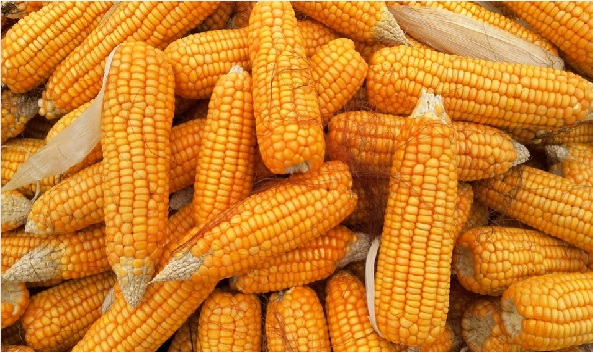China's
food banks are developing rapidly. However, this emerging new sector is still
facing several problems, which need to be solved in order to enable a smooth
and valuable service for the industry.

Source: Pixabay
China's
food banks are engaged in providing services for agriculture, rural areas, and
farmers and storing food, by favourable price, quality products and chain-store
operation with the goal to improve risk response ability in agricultural
production.
Along
with the continuous development of food trade in China, food banks are getting
more popular in the country. Particularly, in the domestic corn industry, food
banks become crucial to provide services for the temporary storage system. The
banks provide free storage service for farmers, which can effectively solve the
problems in daily food storage such as land occupation.
According
to market intelligence firm CCM, the State Administration of Grain issued
the Opinion of Actively Progressing
the Healthy Development of Food Banks, which indicates that the country
will focus on developing this business model in the near future to get it
mature. By signing contracts, the banks will protect farmers' food ownership,
and transfer the food operational right to enterprises. Farmers then can
withdraw the food or discount them to present value as contracted. However, the
development of food banks in China faces some problems.
Problems of China's
food banks
The
subjects of food banks are enterprises owned by the central government,
state-owned enterprises and private companies with a reliable foundation.
However, there are no uniform standards for the definition. Some non-grain enterprises
also participate in this business, which results in greater risks for the
participants.
Furthermore,
most Food banks in China are illegal currently. According to CCM, Chinese food
banks are still "three-no-enterprises" which means that they have no
capital, no plant, and no administrative structure. Although food banks develop
rapidly, most are still illegal in China, which can lead to a shut down at any
time.
Besides,
most domestic food banks are unable to attract quality grain resources due to
capital shortage and poor storage capability. Of course, as an emerging
business, they have a long way to go. Anyway, food banking is a promising
development direction for some grain industries that are in the process of
reform, and it may see explosive growth in the future.
Also,
some companies in China are worried about the shelf life of food donated, which
may undermine the corporate image, or raise serious existence of concerns about
food security. Companies hope to change that notion, put food donated to a food
bank, to give people who are genuinely in need.
The
first food bank in China, the Green Food Bank, was established 2012 in
Shanghai.
China
needs to develop its food banks and transform the industry to modern standards,
in order to prevent any kind of food shortage in the near future. Owing to its
fast-growing middle class, the country will likely account for half of the
global increase in annual beef and poultry consumption and over three-quarters
of the rise in fish consumption between now and 2030.
Food
banks, like the Green Changshou Community Food Bank in Shanghai,
offer food for disadvantaged groups, like yoghurt, rice cakes, canned food and
other snacks. This food can be picked up by the residents for free and is
donated by local restaurants and supermarkets.
About CCM
CCM is the leading market intelligence provider for China's agriculture, chemicals,
food & ingredients and life science markets.
Do
you want to find out more about the food market in China? Try our
Newsletters and Industrial Reports or join our professional online platform
today and get insights in Reports, Newsletter, and Market Data at one place.
For
more trade information of food and fees, including Import and tranalysis.com/Analysis/Index#item1?KeyWordID=9a0625c26ae7462c8d9cd24a4e3147af&PublisherID=b3fac7dd-9156-424c-9843-193631ebb67b' target='_blank'>Export analysis as
well as Manufacturer to Buyer Tracking, contact our experts in trade analysis to get your answers today.